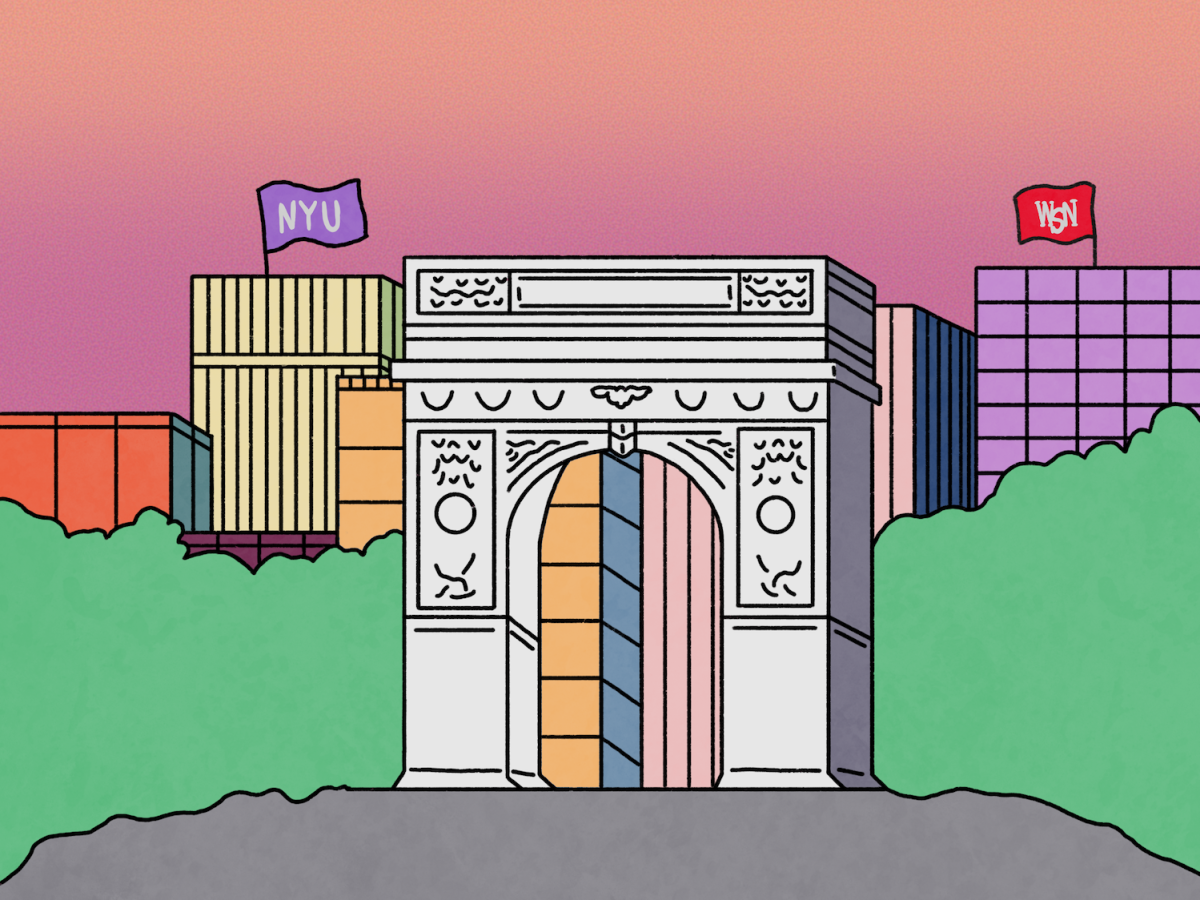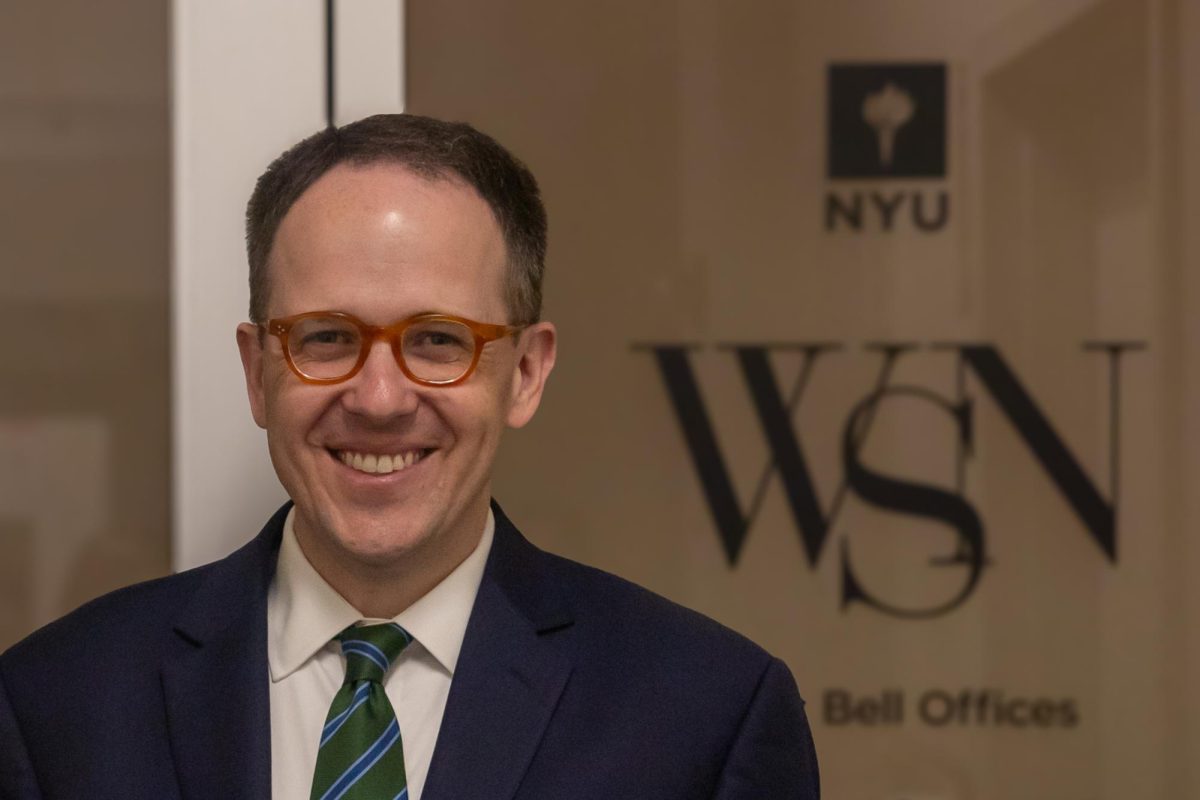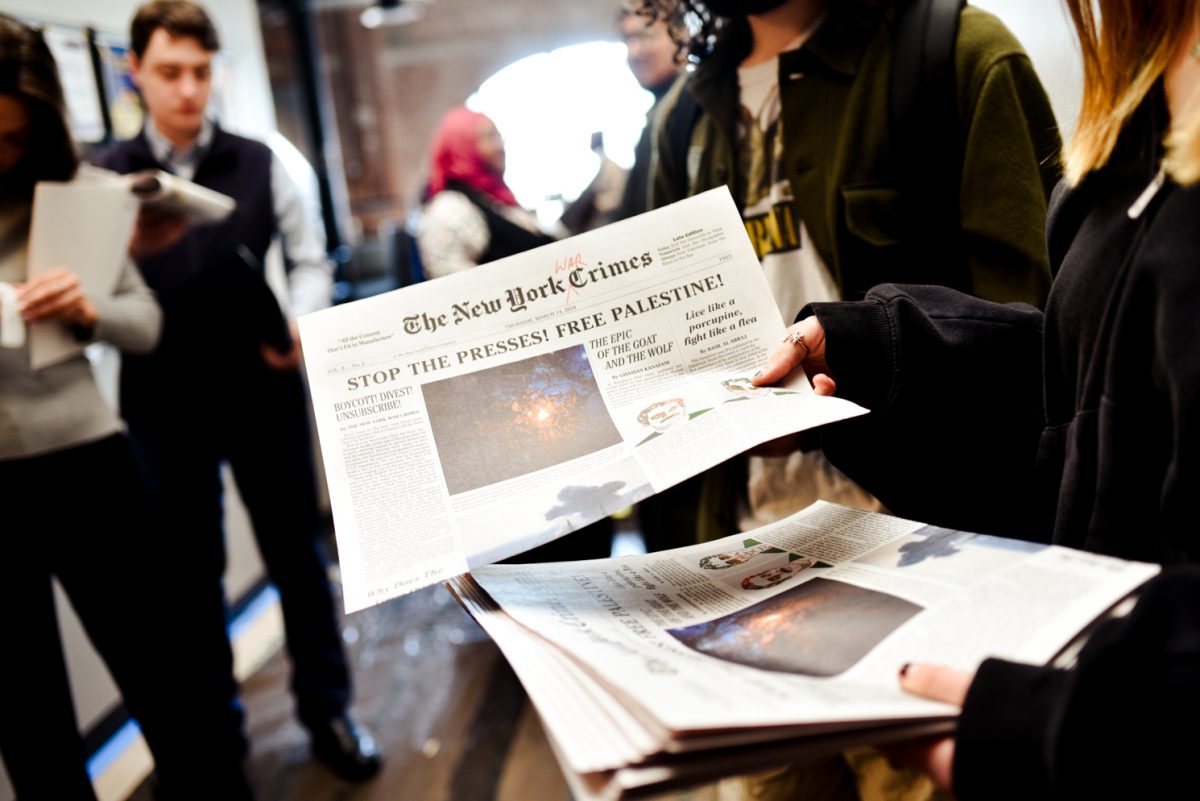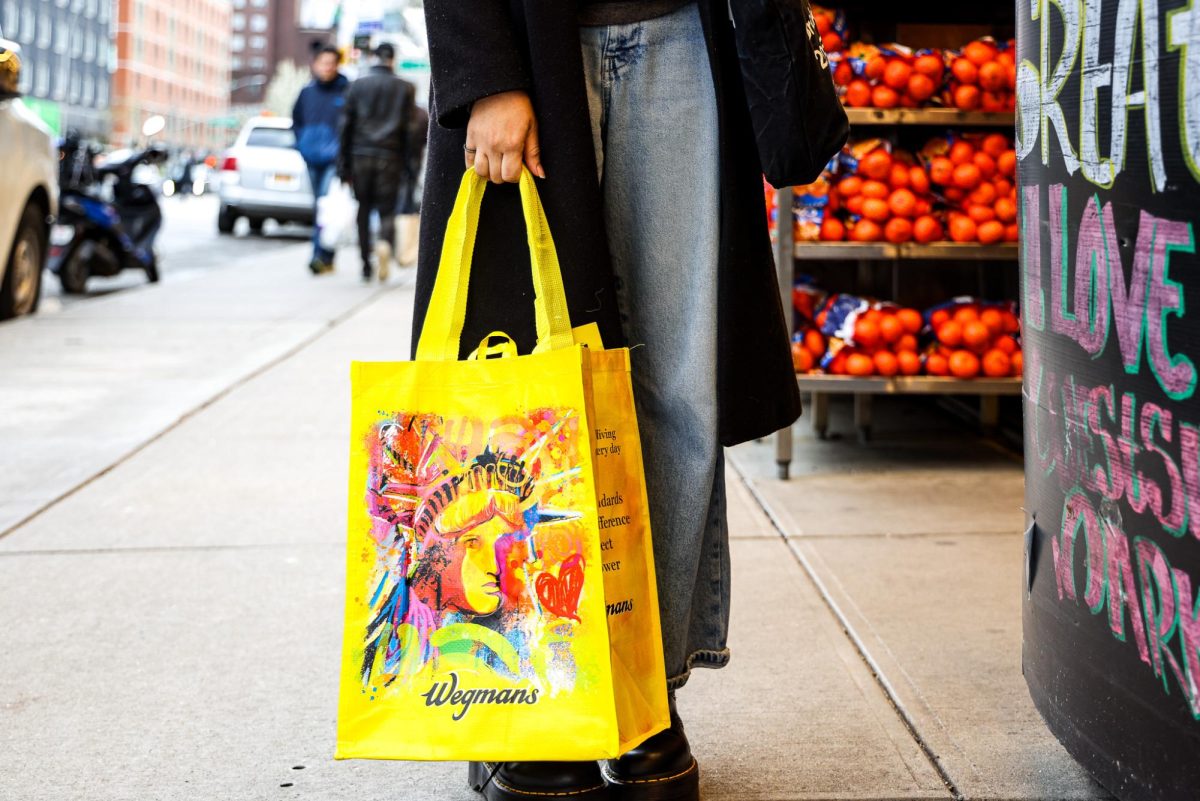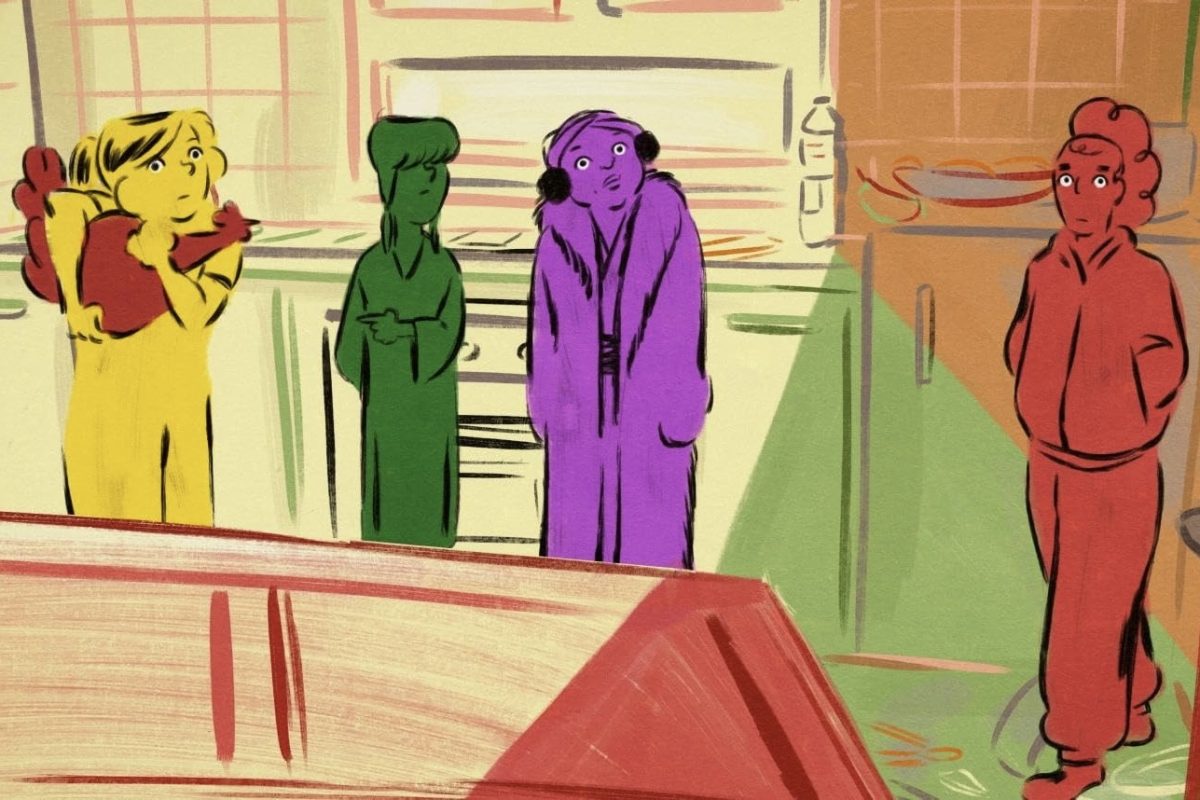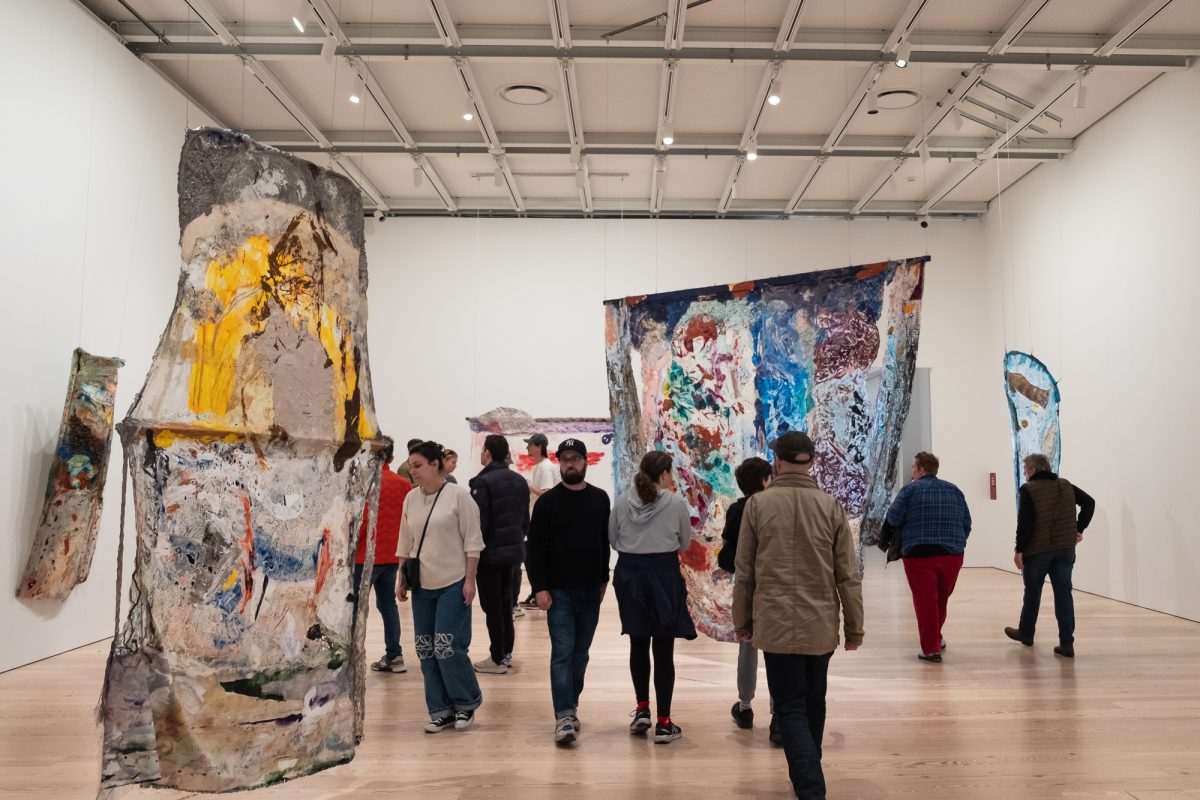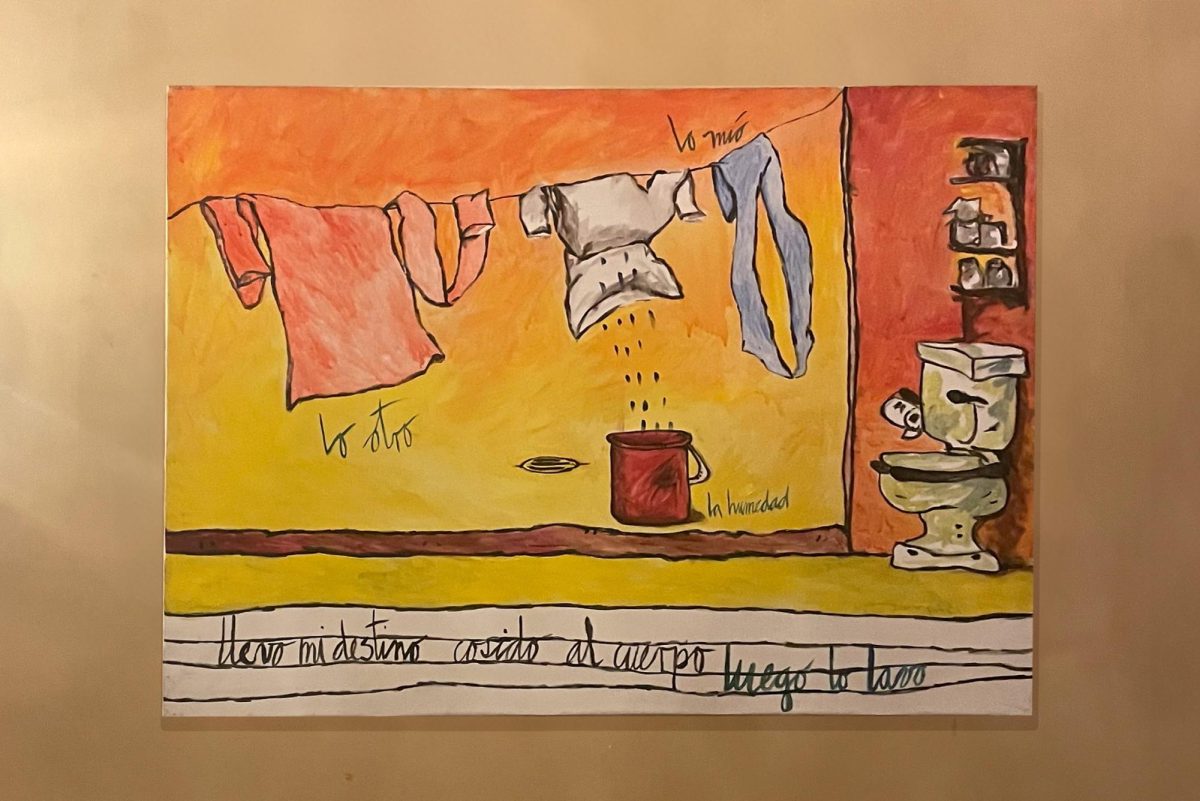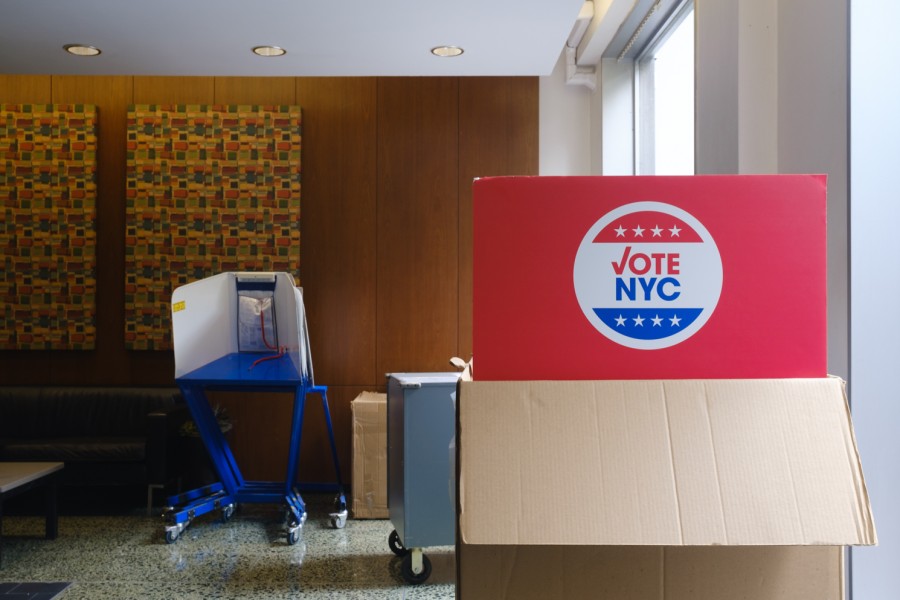TIDAL Offers Little to Independent Artists
April 27, 2016
For decades, the music industry has wrestled with the value of their product. In the past, physical works such as records, tapes and CDs kept revenue high, but now free streaming services like Spotify and YouTube offer vast amounts of music for free. In a world where music revenue has plummeted, this spells trouble for artists. Recent debates have flared up among consumers and artists alike as to how much an artist in the digital age should be compensated for their work. One pay-to-stream service, TIDAL, has entered the fray and offered lofty goals, but only furthers longstanding inequality that has plagued the music industry.
Launched by Jay Z in 2015, TIDAL distinguishes itself as a streaming service “owned by artists,” paying them high royalties funded by expensive subscription plans. The exact commissions given to artists for releases have been low for decades; about 15 percent for vinyl in the 80s, five percent for early CDs and about 14 percent for iTunes albums currently. Spotify pays less than a cent per play, which greatly worries many in the industry who see their incomes vanishing. Jay Z claimed in a 2015 interview with Billboard that his service would give back more money in royalties to its artists than other streaming services, “Even if it means less profit for our bottom line.”
This service sounds appealing, but only exacerbates the pre-existing inequality between superstars and lesser-known artists. Even if Jay Z manages to triple Spotify royalty payout, as he intends to do, each song play would accrue fewer than 1 cent in royalties. Whether Tidal can deliver even this amount is doubtful, as the company is currently being sued for miscalculating royalties. Regardless, the fact of the matter is that this payment model is only sustainable for the already super popular. For less popular artists, model playcounts will offer them few revenues. Instead offering a solution to empower all artists, TIDAL only reinforces the old elite-dominated model of the music industry.
For many consumers, popular streaming sites like Spotify and YouTube are not worth more than the price they already pay for Internet. Even in the wake of this consumer apathy, the past decade has seen an explosion in independent artist growth rates, but the vast majority of independently created music will not be incredibly popular. For the limited number of artists who occupy the elite circle of the music industry, streaming services like TIDAL may prove adequate for their need, but the days of high sales for a few artists are gone. With greater access to independent artists through free music streaming services, consumers no longer need to rely on costly services run by superstars. TIDAL is the latest attempt for music industry elites to cling to an old model of inequality that is slowly fading into an analog past.
Opinions expressed on the editorial pages are not necessarily those of WSN, and our publication of opinions is not an endorsement of them. Email Haven Williams at [email protected].



